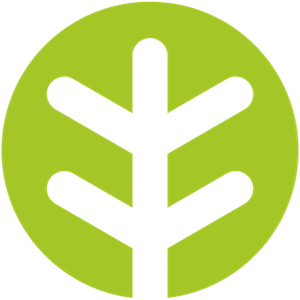The Magic of Mudras: Unlocking Energy Through Hand Gestures
Lisa Lawley | MAR 5
mudras
energy
hand gestures
yoga
meditation
energy healing

Mudras are a powerful yet often overlooked tool in yoga, meditation, and energy healing. These sacred hand gestures have been used for centuries to cultivate awareness, enhance energetic flow, and support healing on all levels—physical, mental, emotional, and spiritual. But what exactly are mudras, and how can you integrate them into your practice?
What Are Mudras?
The word mudra comes from Sanskrit and can be translated as “seal,” “gesture,” or “mark.” These symbolic hand positions are often used in yoga, meditation, and Reiki to direct the flow of energy within the body. Mudras work similarly to acupuncture or reflexology, stimulating specific energy pathways (nadis) and centers (chakras) to promote balance and well-being.
While hand mudras are the most common, mudras can also involve the body, eyes, or breath. However, for this post, we’ll focus on the hand gestures that are easy to incorporate into your daily practice.
How Do Mudras Work?
Mudras function as energetic circuits, helping to regulate prana (life force energy) by creating specific connections between fingers, palms, and hands. According to yogic philosophy, each finger represents one of the five elements:
- Thumb – Fire (Agni)
- Index finger – Air (Vayu)
- Middle finger – Space/Ether (Akasha)
- Ring finger – Earth (Prithvi)
- Little finger – Water (Jala)
By bringing these fingers together in certain combinations, we can influence how energy moves within the body, harmonizing the elements and restoring balance.
How Are Mudras Used?
Mudras can be used in various ways, depending on your needs and intentions. Here are a few ways to incorporate them into your practice:
- During Meditation: Holding a mudra while meditating can help deepen focus, enhance energy flow, and align the mind-body connection.
- In Yoga Asanas: Some yoga postures naturally lend themselves to specific mudras, enriching the experience and energetic benefits of the practice.
- In Breathwork (Pranayama): Pairing a mudra with breathwork can amplify the effects of the practice, guiding energy with more precision.
- For Healing: Many mudras are known for their therapeutic benefits, from reducing anxiety to boosting vitality and even aiding digestion.
Common Mudras and Their Benefits
Here are a few well-known mudras you can try:
1. Gyan Mudra (Mudra of Knowledge)
- How to Do It: Touch the tip of the index finger to the tip of the thumb, keeping the other three fingers extended.
- Benefits: Enhances concentration, wisdom, and clarity; often used in meditation.
2. Anjali Mudra (Prayer Mudra)
- How to Do It: Press the palms together at the heart center.
- Benefits: Cultivates gratitude, inner peace, and balance; commonly used in yoga and prayer.
3. Apana Mudra (Mudra of Detoxification)
- How to Do It: Touch the tips of the thumb, middle, and ring fingers together while keeping the other two fingers extended.
- Benefits: Supports digestion, elimination, and grounding energy.
4. Prana Mudra (Mudra of Life Force)
- How to Do It: Touch the tips of the thumb, ring, and little fingers together while keeping the index and middle fingers extended.
- Benefits: Boosts vitality, reduces fatigue, and strengthens immunity.
5. Shuni Mudra (Mudra of Patience and Discernment)
- How to Do It: Touch the tip of the middle finger to the tip of the thumb, keeping the other fingers extended.
- Benefits: Enhances discipline, patience, and intuition.
Bringing Mudras Into Your Daily Life
You don’t need to be in a formal meditation or yoga practice to use mudras. Try holding one while taking a few deep breaths during a stressful moment or using a grounding mudra while walking in nature. Even just a few minutes a day can shift your energy and mindset.
If you’re new to mudras, experiment with one that resonates with you and notice how it feels. The beauty of these simple yet profound gestures is that they can be a seamless and powerful addition to any practice.
Keep an eye out for future blog posts where we will explore individual mudras in more detail.
Lisa Lawley | MAR 5
Share this blog post



 OfferingTree
OfferingTree